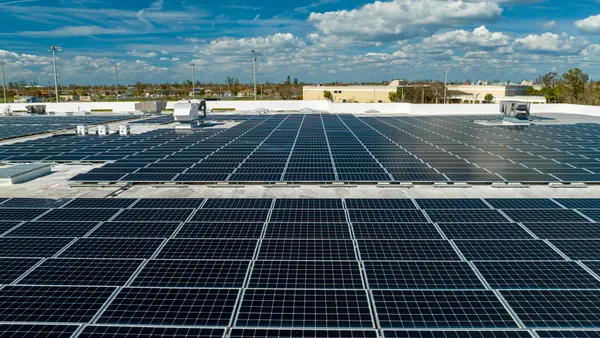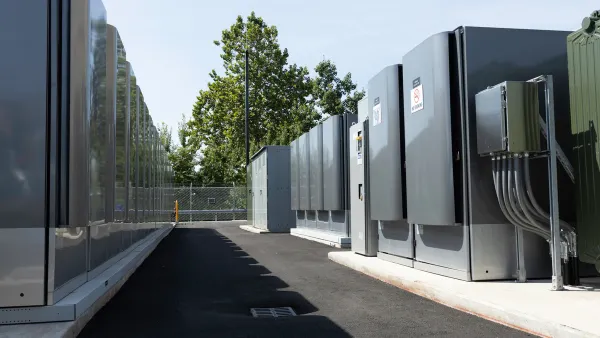Dive Brief:
- Analysis from Navigant Research predicts global residential demand response (RDR) capacity will more than triple in the next decade as utilities look to manage demand and reduce peak loads.
- Navigant estimates global residential demand response capacity will stand at 13.8 GW at the end of this year, and rise to 47.4 GW by the end of 2028. North American utilities will lead that growth, followed by Europe, as other regions begin to explore the resource.
- Barriers to growing the resource include regional variations in energy policy, which can create challenges for demand response providers and aggregators, and the need to grow the participant base beyond early adopters.
Dive Insight:
New technology and use cases are driving the growth of residential demand response programs, according to Navigant, as utilities look for help integrating renewables and reducing expensive peak load.
That growth in demand response programs, capacity, spending and revenue is occurring worldwide, though some regions are more mature, according to the firm. Demand response has existed in North America for decades but has only begun to expand globally in the last decade.
The Asia-Pacific region is projected to see a rise in RDR throughout the forecast "but grow relatively slowly," the report notes. In the Middle East and Africa, the first residential demand response programs will launch next year; the first programs in Latin America are expected to launch in 2023.
Positive drivers for the growth of residential DR include technical innovations, the use of demand response for load shifting, and integrated demand-side management, Navigant found.
"Utilities and grid operators are beginning to explore how DR programs can complement a growing number of distributed energy resources technologies and energy efficiency programs," the report says. "While separation still exists between DR and other utility or grid operator programs, a paradigm-shift that contextualizes RDR within an evolving energy ecosystem will allow for new market players and opportunities to deepen RDR program."
Demand response is increasingly viewed alongside energy efficiency and the coordination of distributed resources, in a concept sometimes known as integrated demand-side management. This is possible because efficiency has moved beyond the simple demand reductions often associated with a lighting program, and is increasingly focused on the timing and location of savings.
The integration and optimization of distributed resources is expected to drive future efficiency spending.
"Advanced thermostats continue to drive growth for residential DR programs, but over the next decade, additional technologies like residential storage and electric vehicle supply equipment will also play a role in driving deeper savings," Navigant Research Analyst Jessie Mehrhoff told Utility Dive in an email.
In markets with more intermittent renewables, Mehrhoff said the analysis shows a growing need for demand response "as a load-shifting tool to move peaks" toward periods with more clean energy.
The firm's report calls for a 343% increase in RDR capacity worldwide, across the next 10 years.














